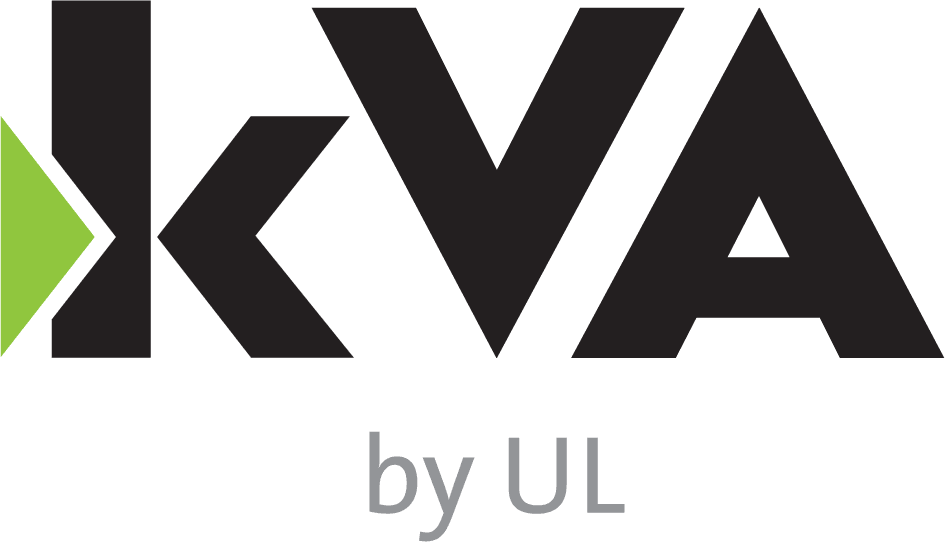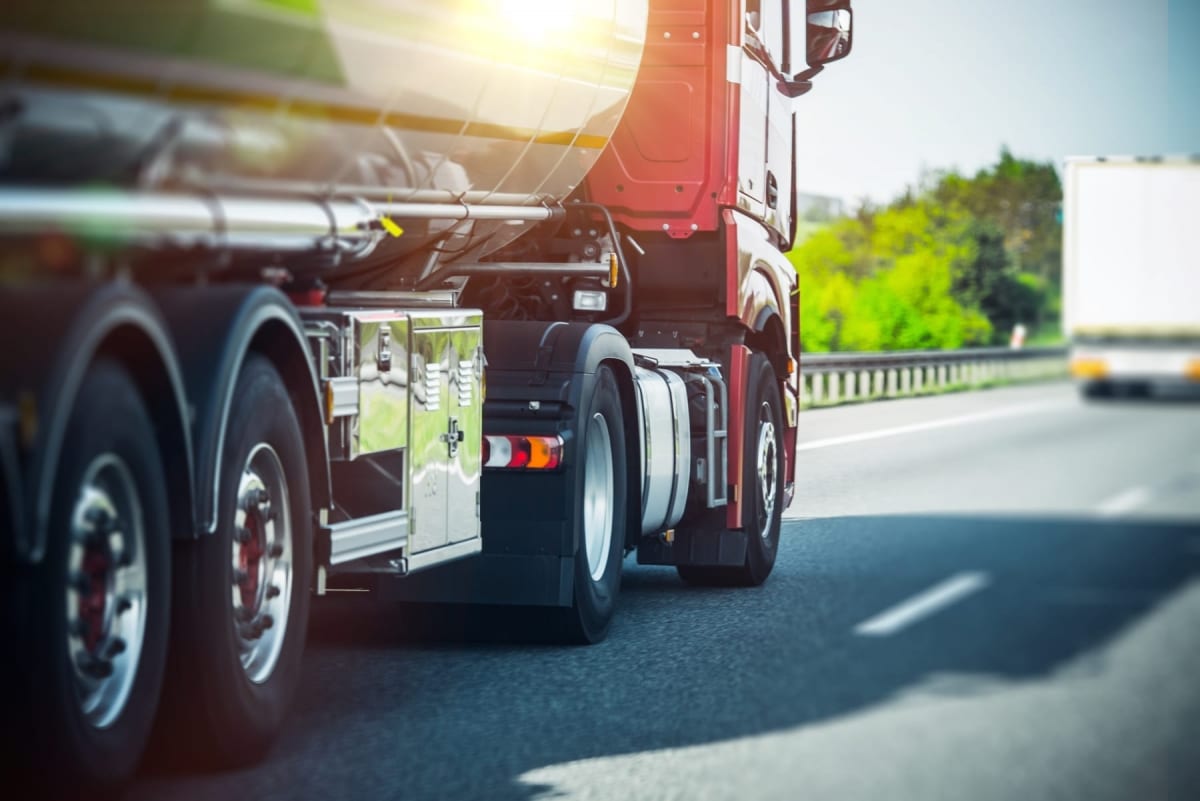While automotive manufacturers patiently await the release of the second edition of ISO 26262 and the greater clarity that it should provide, there is an entire industry waiting with baited breath: Truck and Bus (T & B).
I’ve had the privilege of working with several truck and bus manufacturers and suppliers looking to adopt the standard, either because their customers have requested it, or because they are looking to take a pro-active stance to demonstrate the safety of their systems. While doing so, I’ve realized that a few elements which easily translated to well defined existing process for passenger cars, will not translate so seamlessly for T & B and its suppliers.
First, the Development Interface Agreement, DIA. This is going to take an interesting flavor in the horizontal integration world of truck manufacturing. The industry relies on standardized Commercial off the Shelf (COTS) components, and the manufacturers of these components carry with them significant leverage. The heavy truck manufacturer is truly a systems integrator. You may think to yourself, “well that’s ‘Pass Car’ too, they don’t MAKE anything.” And with that I will mostly agree, BUT, they do specify components. Each passenger car OEM has its own flavor, its own market goals. Therefore, the OEM creates their own requirements to reach their target market, and they are able to produce these in quantities which support a viable business case. T & B manufacturers on the other hand, receive product specifications from their suppliers. They receive a document which says, these are the requirements to integrate my widget into your vehicle. And just like that the concept of a DIA fades, and I predict there will be a surge of complex systems developed as a Safety Element out of Context (SEooC).
SEooC is commonly seen in elements such as microprocessors, where the integration into an Electronic control unit provides the complete safety case. I see the T & B industry, and its adoption of ISO 26262, driving large systems: brake systems, steering systems, HMI, to be developed as Safety Elements out of Context. The product specification will evolve into a safety manual, and the DIA will be driven by the need of the systems integrator to validate the assumptions used to develop the SEooC. For economies of scale to be achieved, fewer and fewer modifications to these systems will be mandated, driving even less distinction amongst the T & B market.
An additional complexity for T & B is the impact of trailer configurations on the safety concept. The dilemma will first rear its head in the HARA, when consideration of what the tractor is pulling will indeed affect controllability, and perhaps impact severity. Trailer configurations will therefore influence the safety goals, but then they may not be considered again by a manufacturer until safety validation. At that time, appropriate configurations must be validated, including those which were demonstrated in the HARA to have an effect on the risk associated with a malfunction. While I have yet to see how this will pan out, it seems that greater commonality in trailer integration and trailer electronics will be another outcome of the incorporation of ISO 26262 into T & B.
It seems that what we can expect, as T & B adopts the requirements of ISO 26262, is greater commonality across the board. It’s been a concept in passenger car that has yet to come to fruition, even though the standard has been out for several years now, and several groups have tried to drive common direction in various aspects of functional safety. The desire of automotive manufacturers to distinguish themselves has likely been a hinderance. But in the T & B market, where distinction in underlying systems has already been recognized to NOT be a distinguishing factor in the market, common implementations could finally take off!

